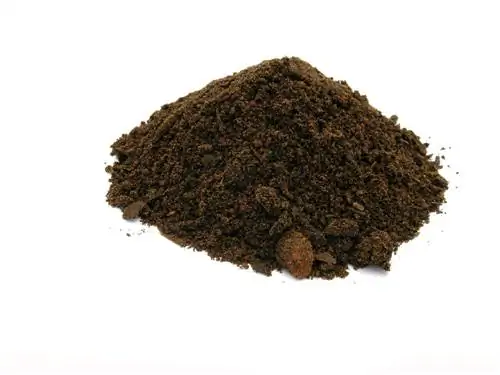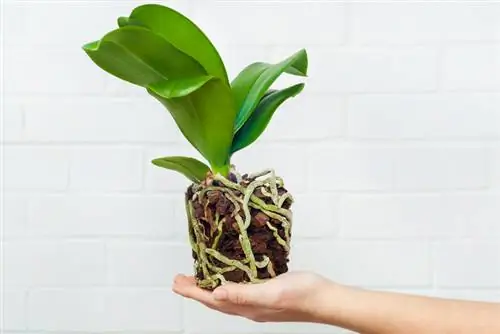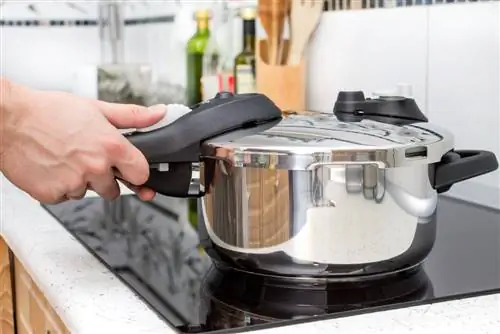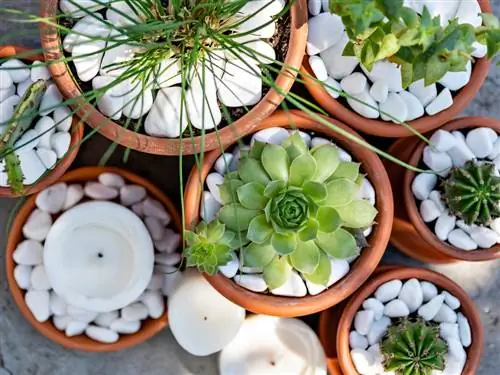- Author admin [email protected].
- Public 2023-12-25 17:45.
- Last modified 2025-01-23 11:22.
Potting soil from the garden supply store is a ready-to-use substrate for indoor, balcony and potted plants. However, the soil is not loose enough for some plants and can then be mixed with sand. If you make your own potting soil, you will also use sand as an additive.
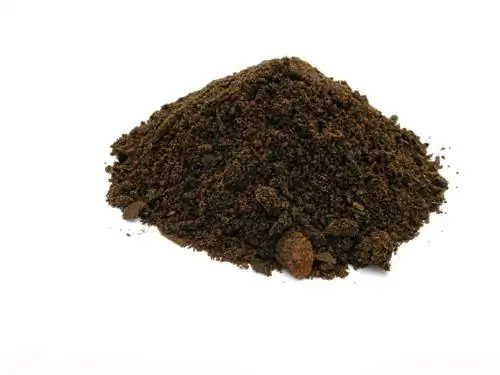
Can and should you mix potting soil with sand?
Potting soil can and should be mixed with sand if the soil seems too loose for certain plants. Sand increases permeability and helps drain excess water, resulting in better growing conditions for plants.
Qualities of potting soil
This soil should be loose, humus-rich, nutrient-rich and structurally stable. It must store water to a certain extent and be permeable to air.
With these properties, potted and container plants thrive in it, and with a little support in the form of special fertilizers or soil improvers, vegetables and herbs can also grow here. Potting soil is available in specialist stores and supermarkets from a wide range of manufacturers. The prices vary from cheap to really expensive. If you want to save money or just have fun, mix your own potting soil.
Mix your own potting soil
The basis for a self-mixed potting soil is, first of all, mature compost. If possible, this should also come from your own production. If you don't have a compost heap in your garden, you can buy it fresh from a nearby composting facility. Other ingredients can be:
- Fibres made from wood or coconut, store water
- Sand, loosens and makes water permeable
- Stone powder
- Clay, for water storage
- Perlite, for water storage
- Bark humus
- organic fertilizers such as horn shavings or meal
- Garden soil or old potting soil, loosen up
Make potting soil step by step
If you have the opportunity, you can mix a good potting soil yourself with just a few ingredients.
- Take a large container, possibly a clean food barrel.
- Fill the barrel two-thirds full with fresh compost from your own production or from the composting facility.
- Pour the compost into the container in layers and always sprinkle some rock dust in between.
- The addition of crushed charcoal, perlite (€5.00 on Amazon), wood or coconut fiber is also possible. This increases the storage capacity of water.
- Let the mixture rest for about fourteen days.
- Now you can mix in loose garden soil. Depending on which plants you want to cultivate, add the sand. The sand allows excess rain or water to run off unhindered and loosens it up even further.
- If you cultivate heavy feeders (e.g. tomatoes) in the soil, additional slow-release fertilizer should also be added.

